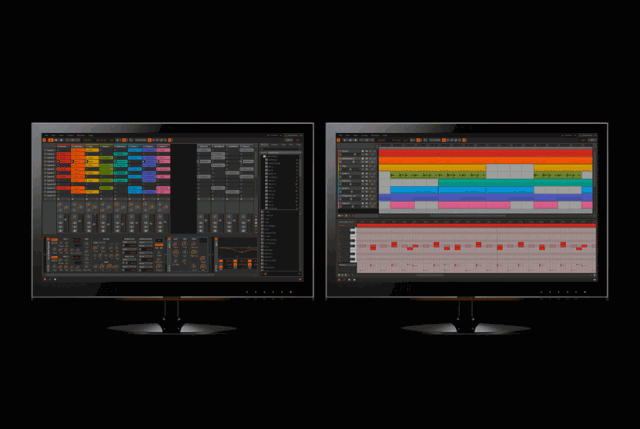Breaking into the DAW and production market isn’t easy to do. Bitwig Studio has been criticized by some – including this author, in a couple of instances – for not differentiating itself in particular from rival Ableton Live. But in the latest beta video, we start to see something genuinely new in how VST plug-ins load in the host.
Previous betas of Bitwig Studio lacked VST support, and it’s been a bit too early to really evaluate them. In this new build, though, we not only get the ability to load VSTs, but a way of treating them that isn’t quite like other hosts. There are features you’d expect – side-by-side loading of 32-bit and 64-bit plug-ins these days is a must-have, and unlimited parameter automation is nice.
The video reveals some new ideas, though. VST plug-in hosting is the last feature you’d expect to be sexy, but this looks promising:
- Parameters in easy reach: The default interface for plug-ins shows all their parameters in a list, and you can find them quickly as you type. (Most other hosts have a hidden screen with a mess of faders and require you to sort through them.)
- Quick automation: When you select a parameter in a plug-in – such as a fader or knob – that parameter is automatically selected for automation in the track view. (Note: this is a feature straight out of Ableton Live, which will be more useful with the introduction of curves and better automation recording in Live 9.)
- Faster loading: Folder monitoring is automatic, so the program doesn’t have to rescan your plug-ins with each launch – reducing load time
- Crash protection: Plug-ins are protected from crashes by instantiating each as a separate process.
It’ll be especially interesting to test crash protection. I was chided by a plug-in developer recently for accepting marketing speak about crash protection or sandboxing. In a typical host, when a plug-in is loaded, it has access to the same memory space as the host; that’s why a plug-in crash can bring down the host. Propellerhead has pitched “sandboxing” in their Rack Extension scheme, but some users (and CDM readers) have complained that resource consumption is beyond what they’re finding using VST versions of the same effects and instruments. We’re awaiting an explanation of what’s going on there.
As for Bitwig, I similarly wonder how resource consumption will scale as you use a lot of plug-ins. But the best way will be to test that and talk to Bitwig’s engineers about the feature. (I just had a reader complain that I’m doing too much speculation on public announcements – uh, sorry, I’ll get on it. Bitwig is here in Berlin, so I expect we’ll meet soon.)

The feature that’s driving some Ableton users batty, as seen in Bitwig Studio. Image courtesy Bitwig.
While we wait on real-world testing of crash protection, I will say that seeing the way Bitwig handles plug-ins really does look more productive, especially for advanced users. I hope we keep seeing this kind of new thinking in the beta videos. We’ll be watching. Ableton users did, for their part, find there were features still wanting in Live 9 – most infamously, side-by-side arrangement and clip views, multiple monitor support, and native Linux compatibility, as found in Bitwig. So I don’t expect that the discussion of these two apps, or the interest in Bitwig Studio, will wane any time soon. Stay tuned.